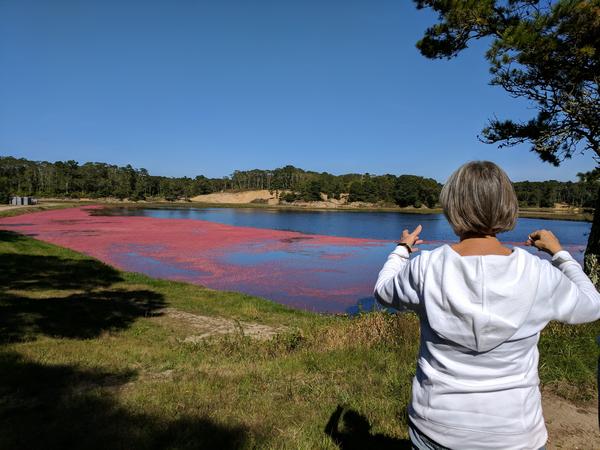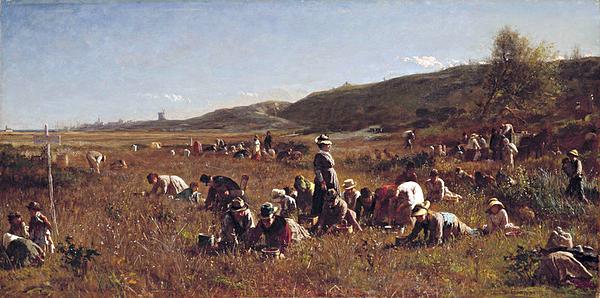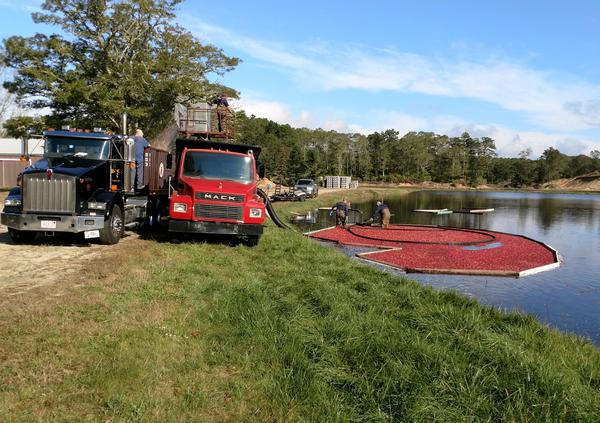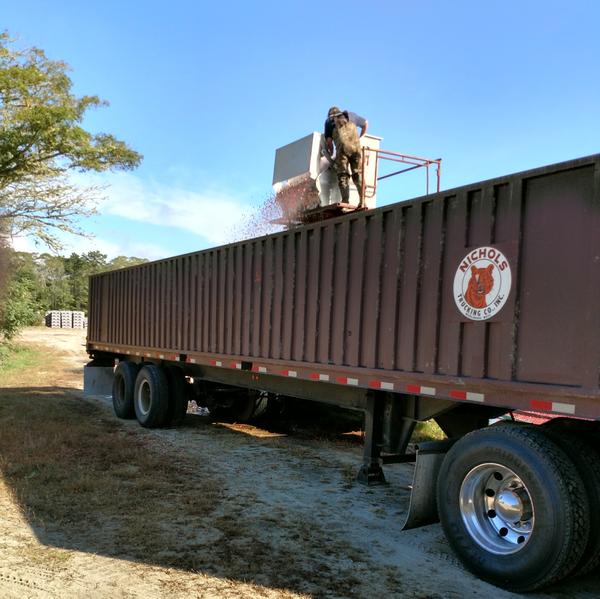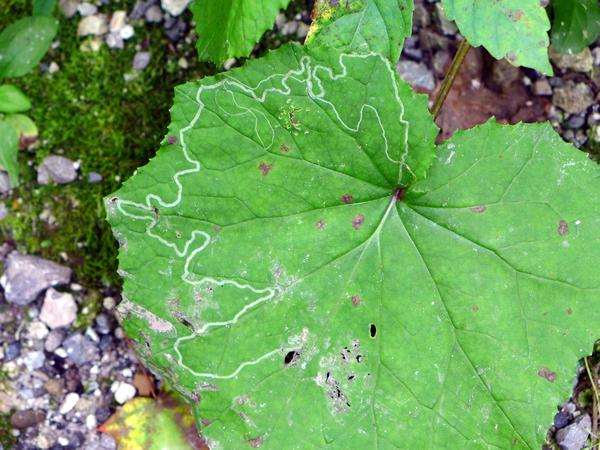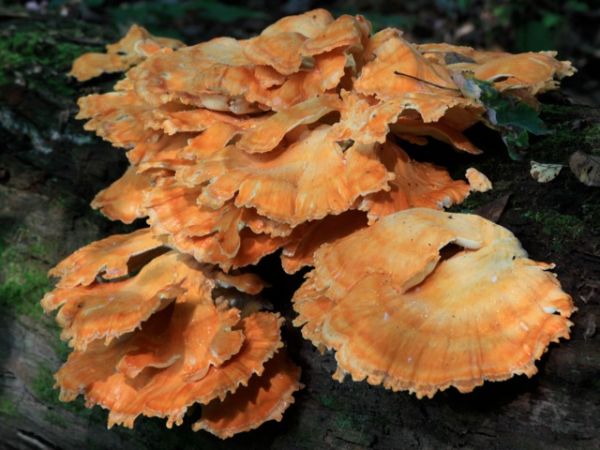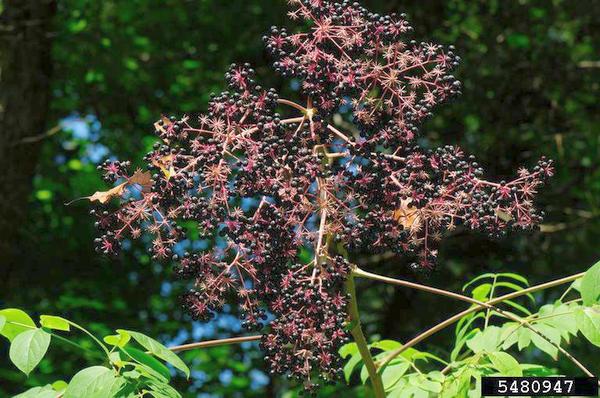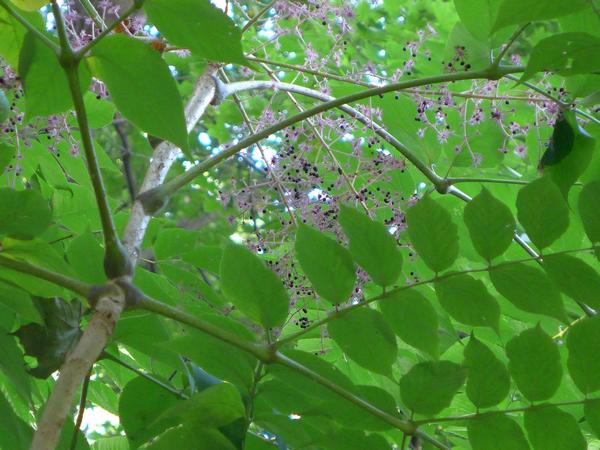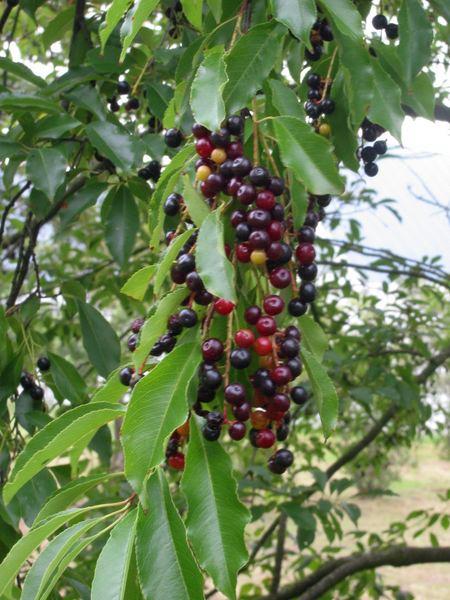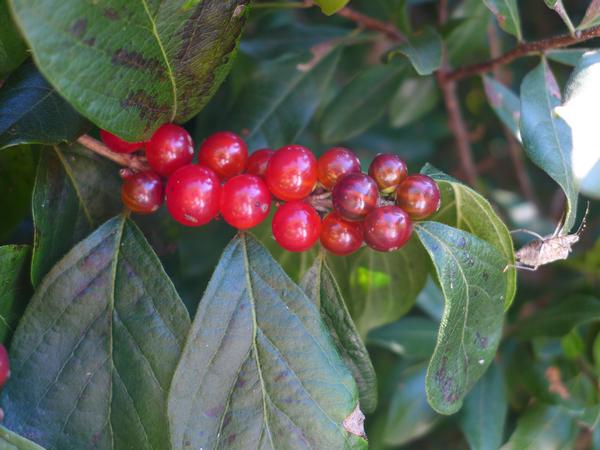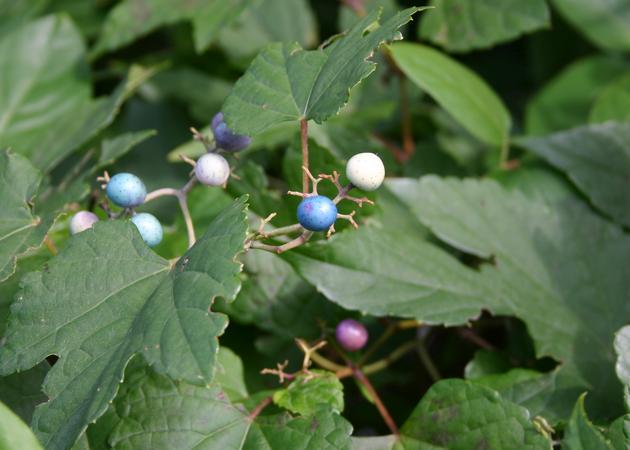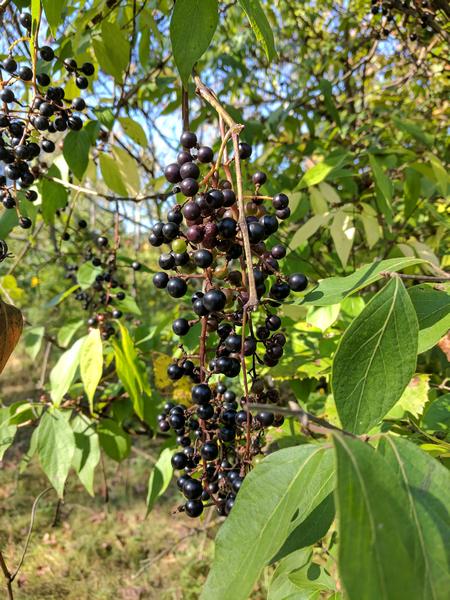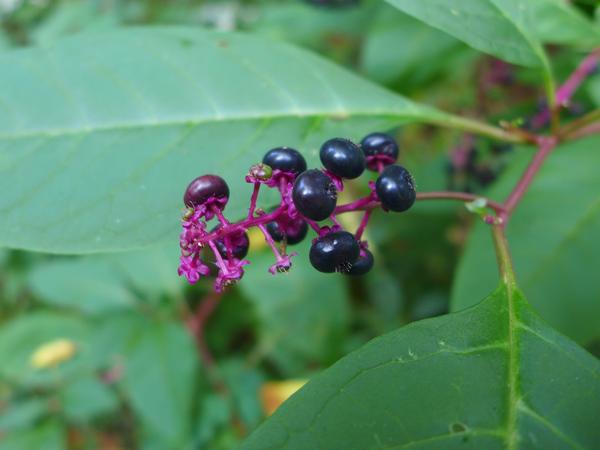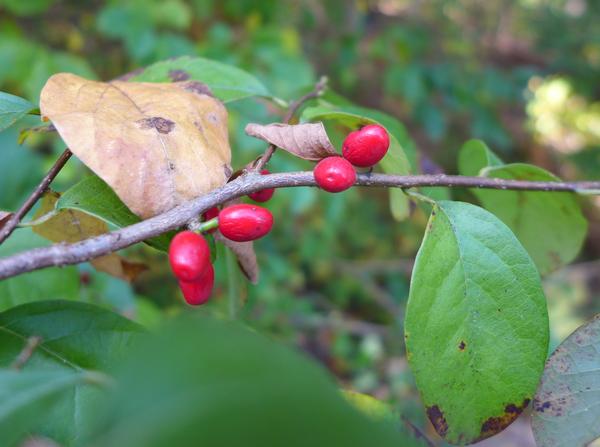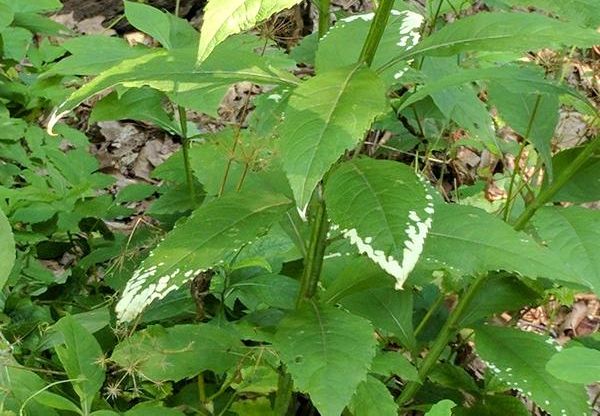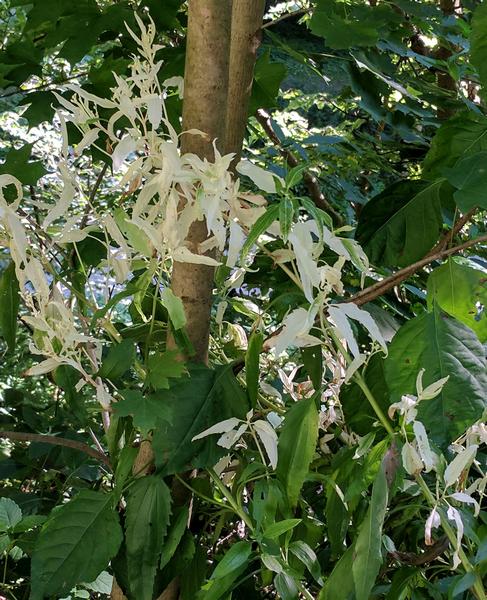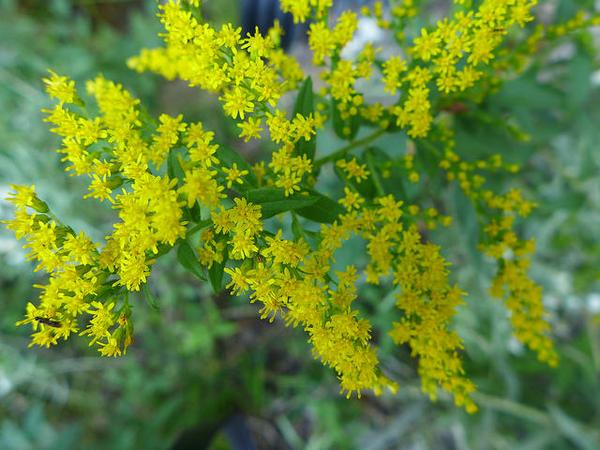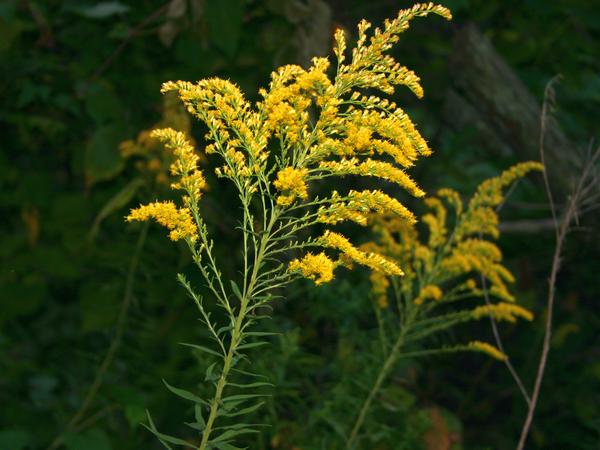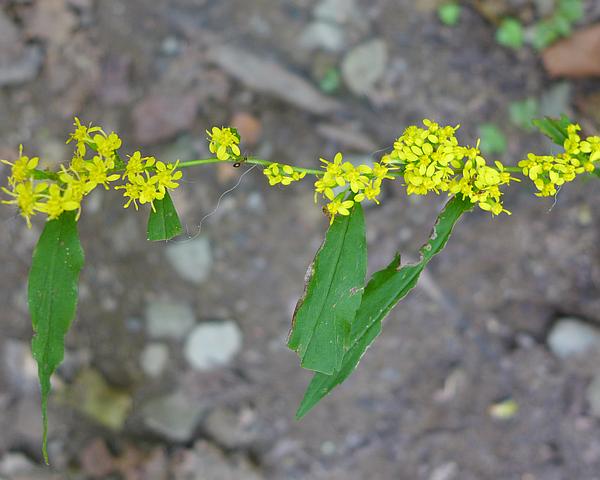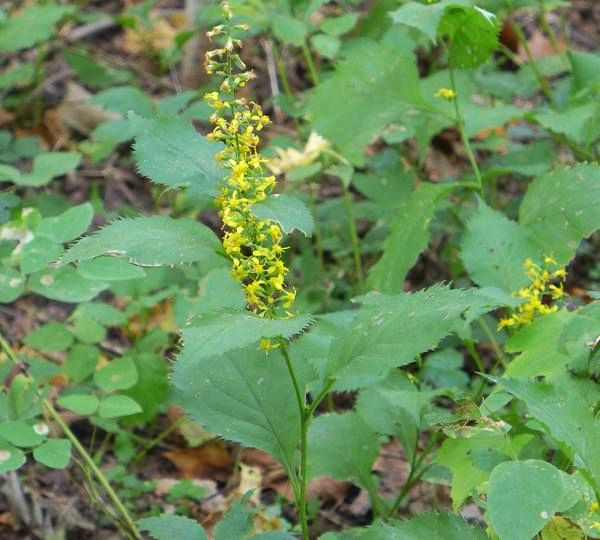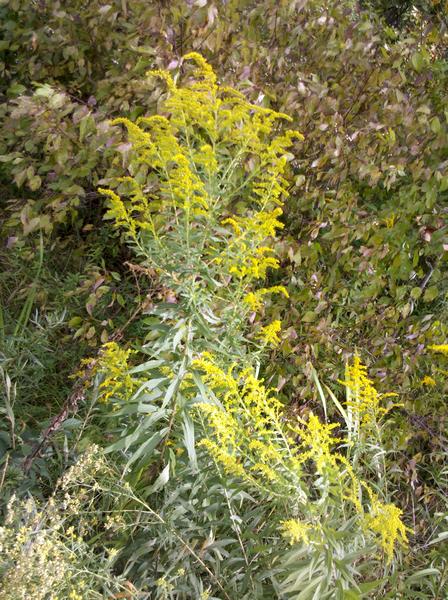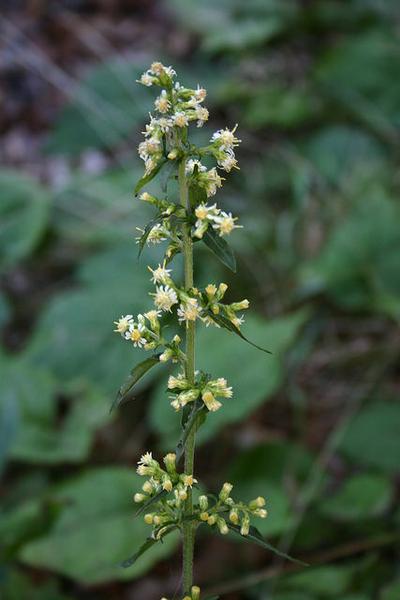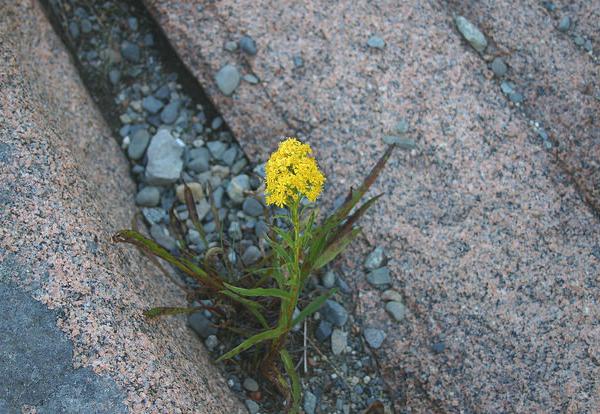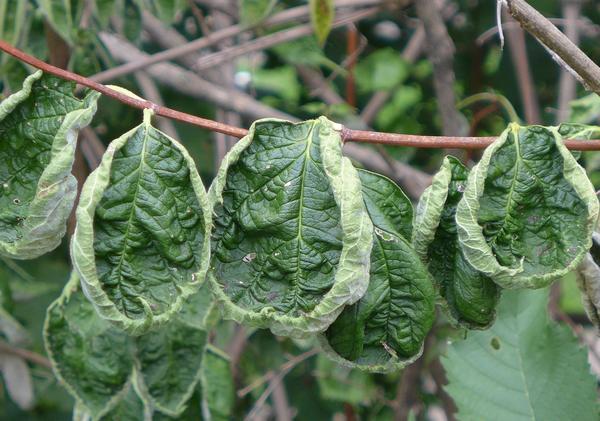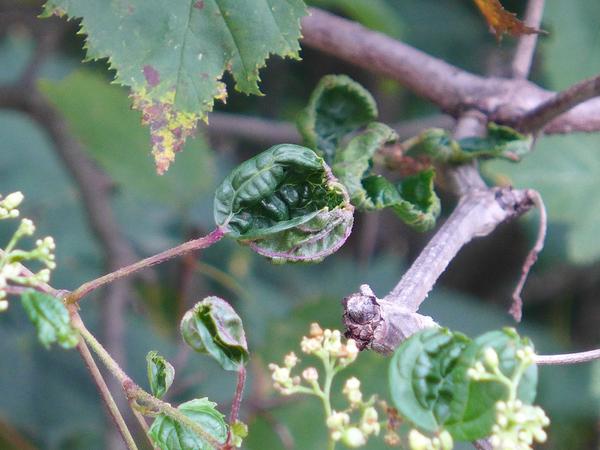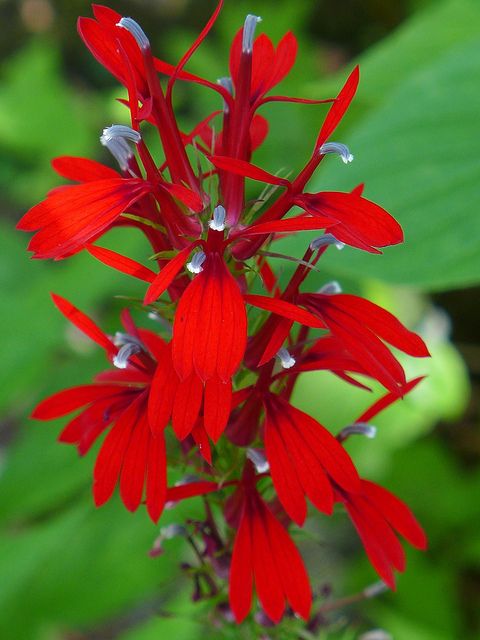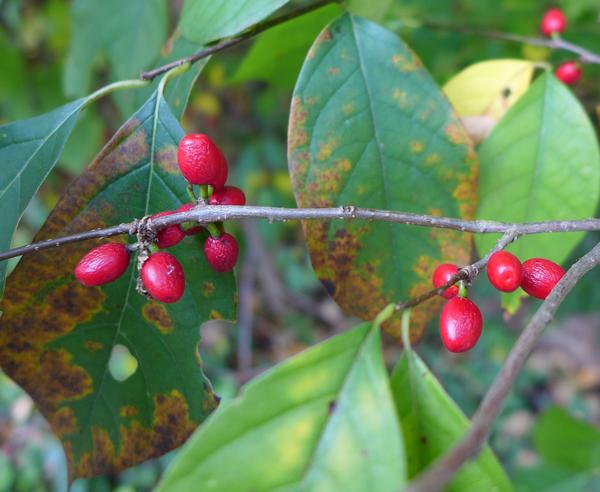
1 November 2017
How do you tell the sex of a spicebush? In autumn the females have bright red fruit.
Flowering plants (angiosperms) have different ways of reproducing:
- 90% of species have “perfect” flowers containing both male and female parts — stamens and pistils. “Perfect” flowers are bisexual or hermaphrodites.
- Monoecious species have separate male and female flowers on the same plant. Did you know that corn (maize) is monoecious? The tassle on top is the male flower; the corncob grows from the female flower.
- Dioecious species have male and female flowers on separate plants. Only 6% of flowering plants are dioecious, mostly woody species.
Spicebush (Lindera benzoin) is dioecious but I didn’t know that when I encountered this explosion of spicebush berries in the Laurel Highlands.
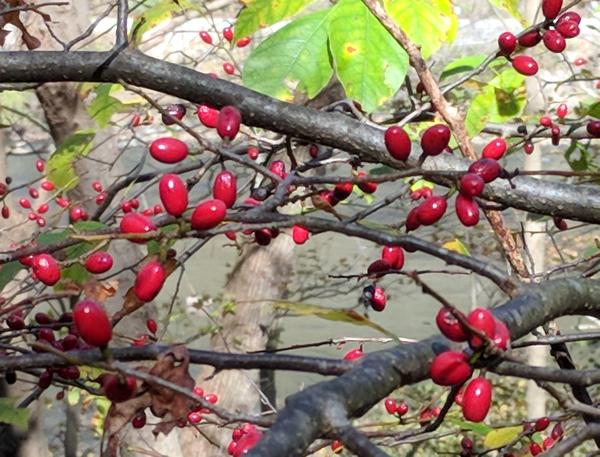
Right next to the fruit-laden bush was another one with no fruit at all — just tiny green knobs, the buds for next spring. Why?
Aha! This plant is male.
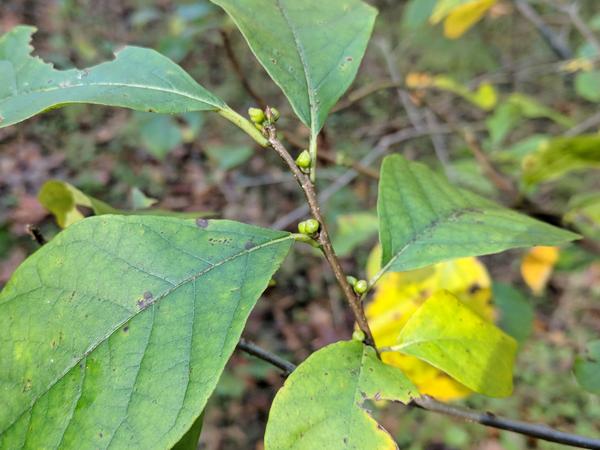
If you know what to look for you can sex spicebush at any time of year but autumn is the easiest. In spring the spicebush flowers are so small that you’ll want a magnifying glass to see their tiny structures.
For closeups of male and female spicebush flowers click here at the Awesome Native Plants website.
(photos by Kate St. John)
